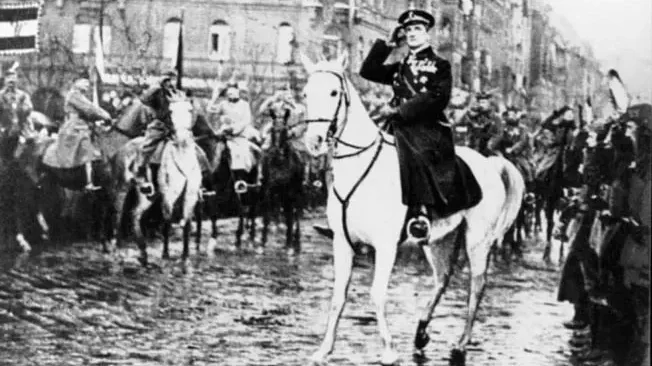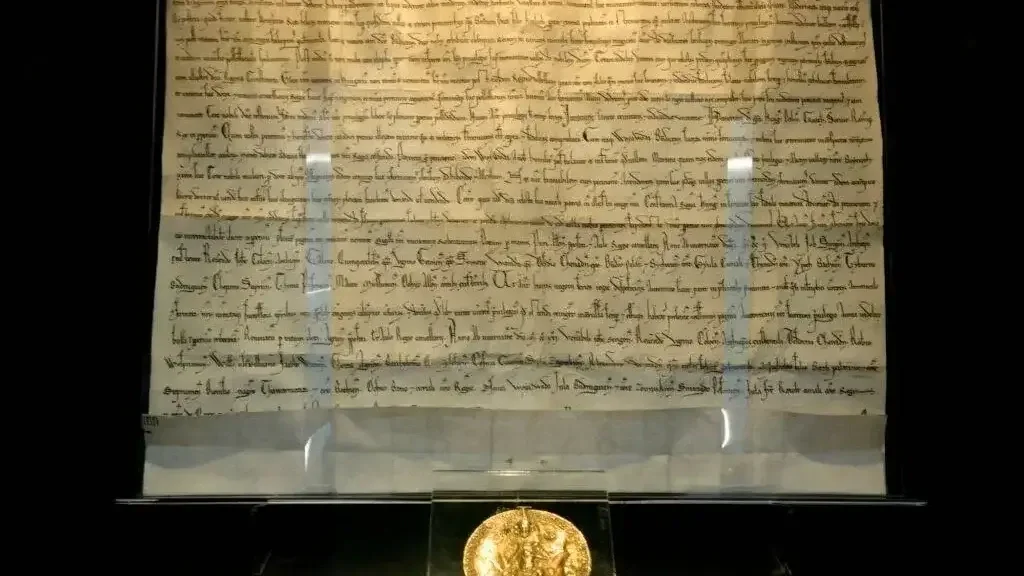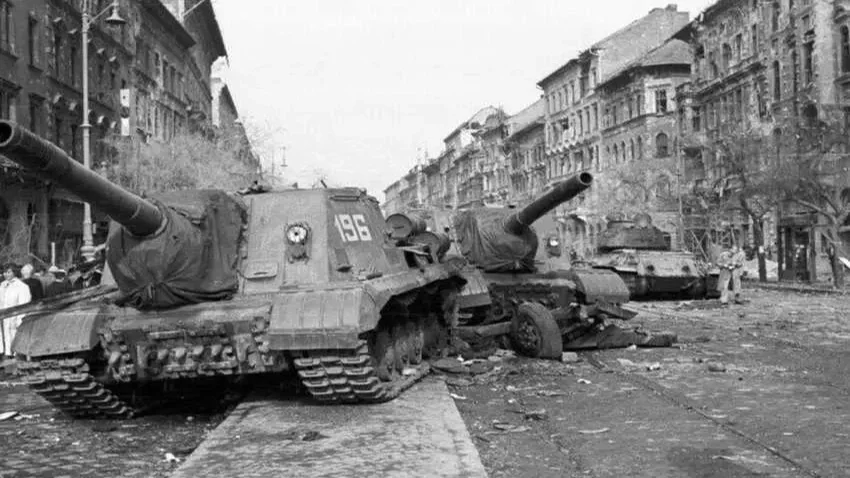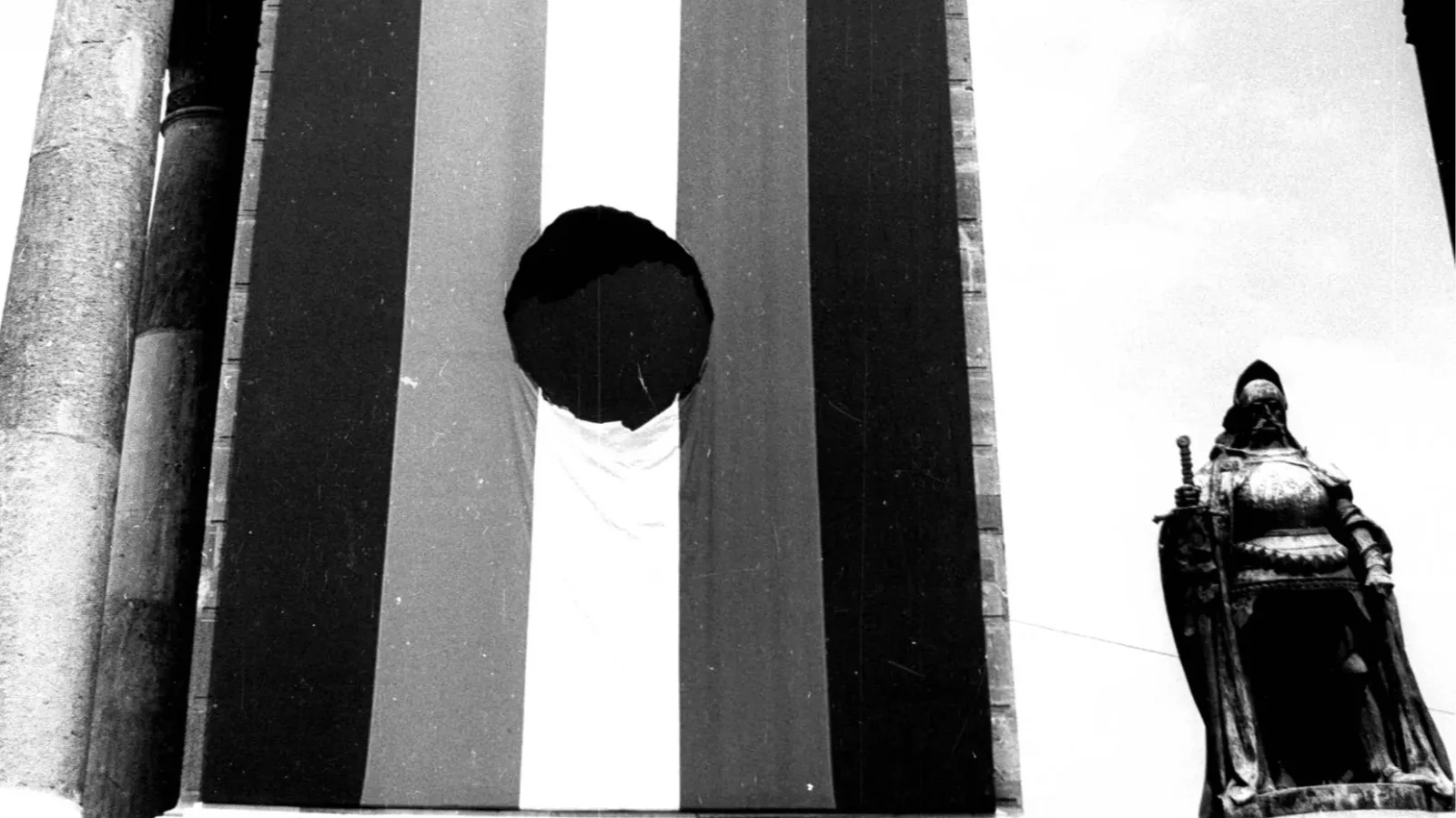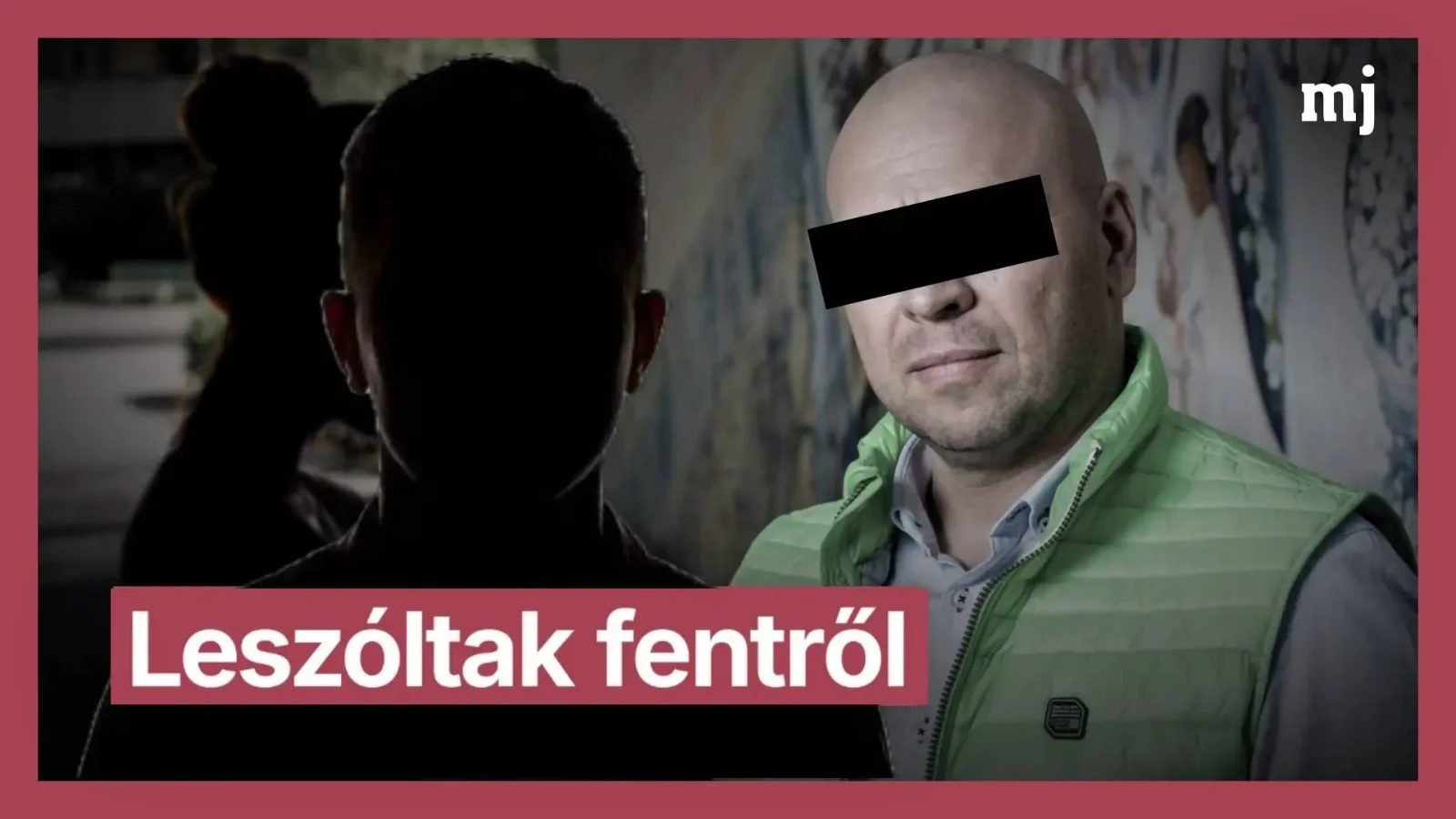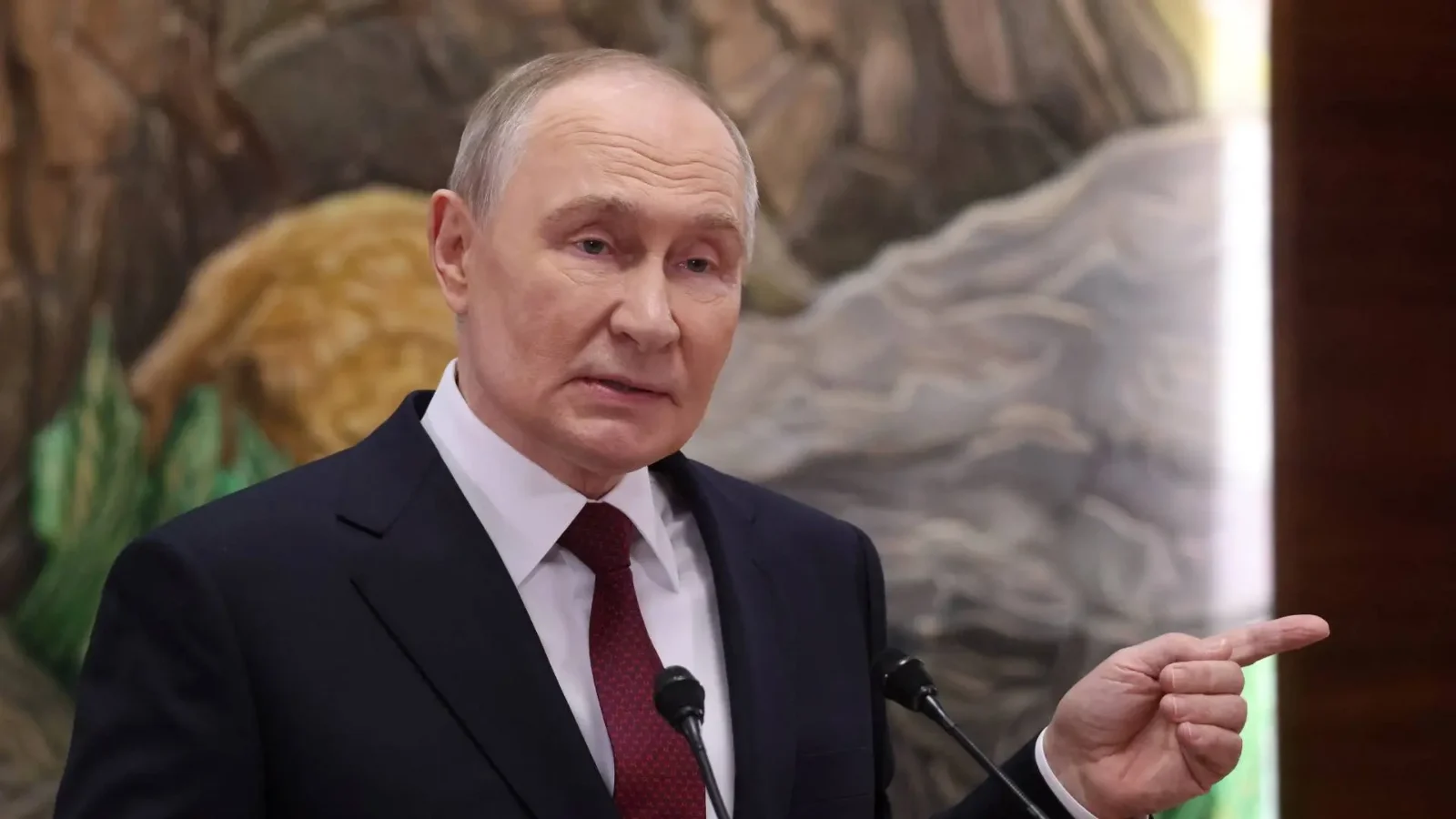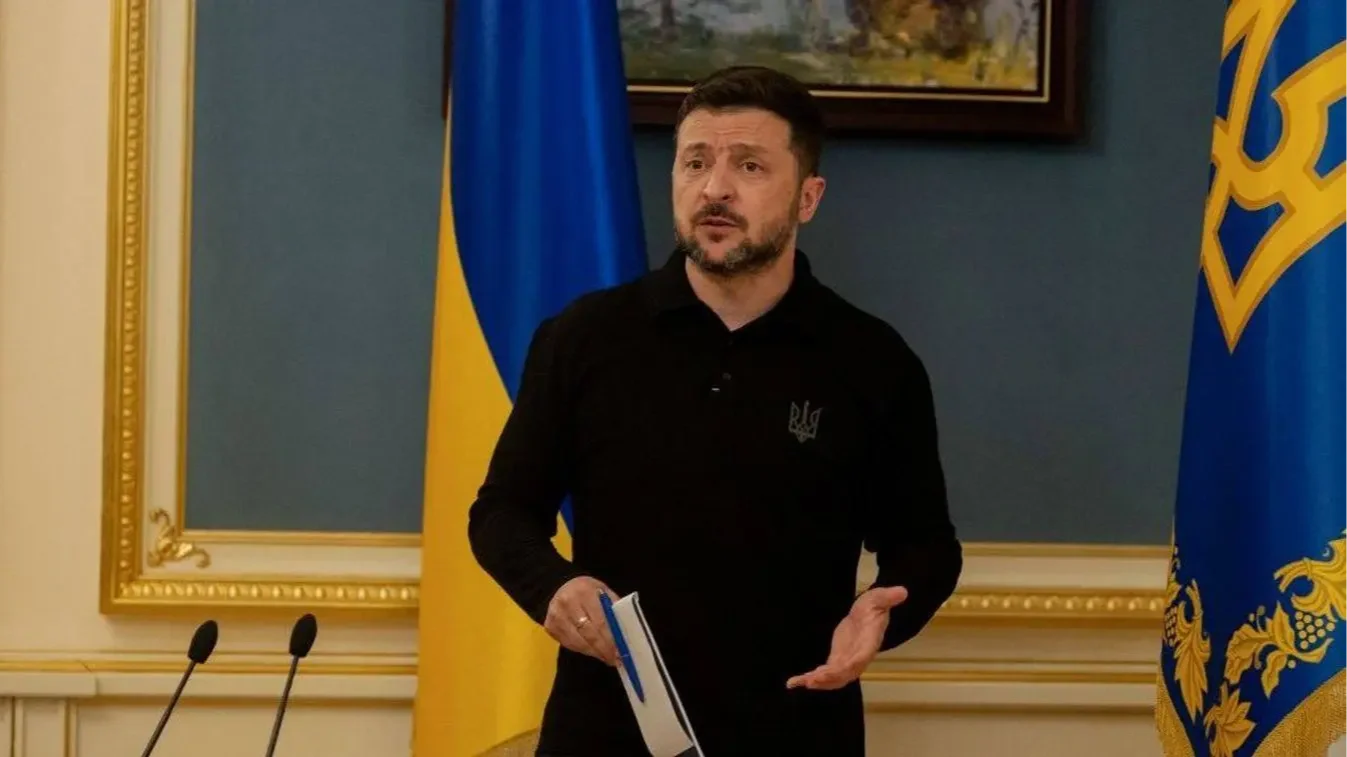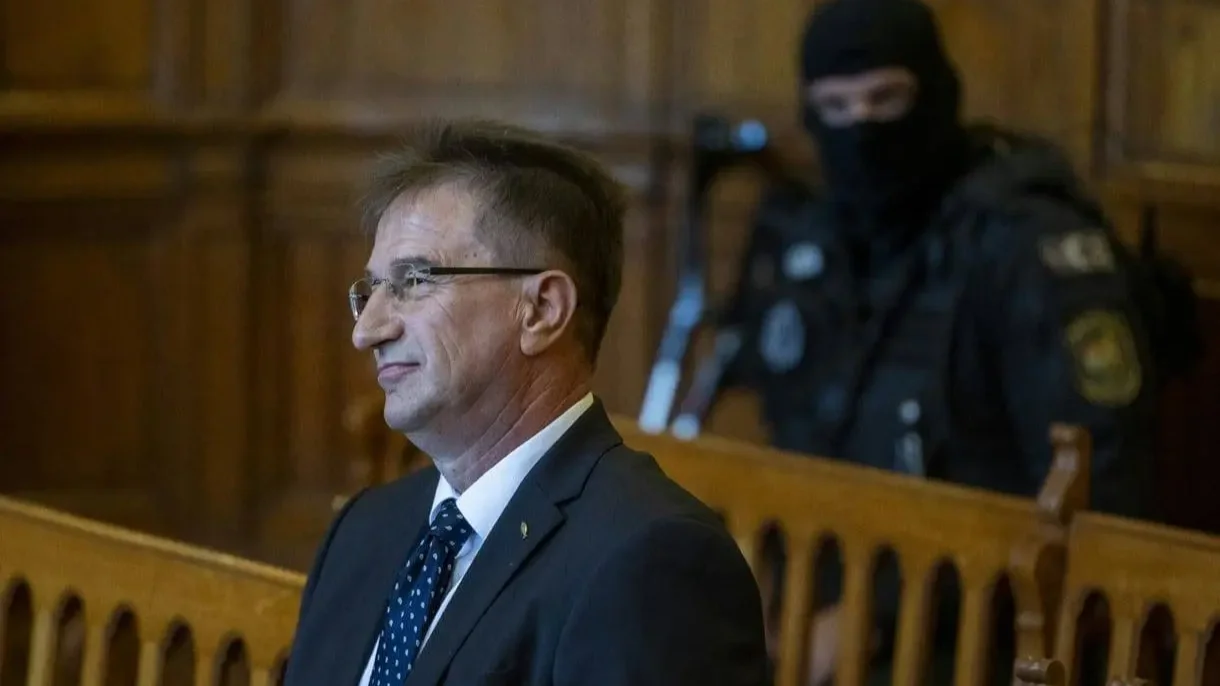The Sacred Foundation Part I: August 20 and the Soul of Hungarian Nationhood
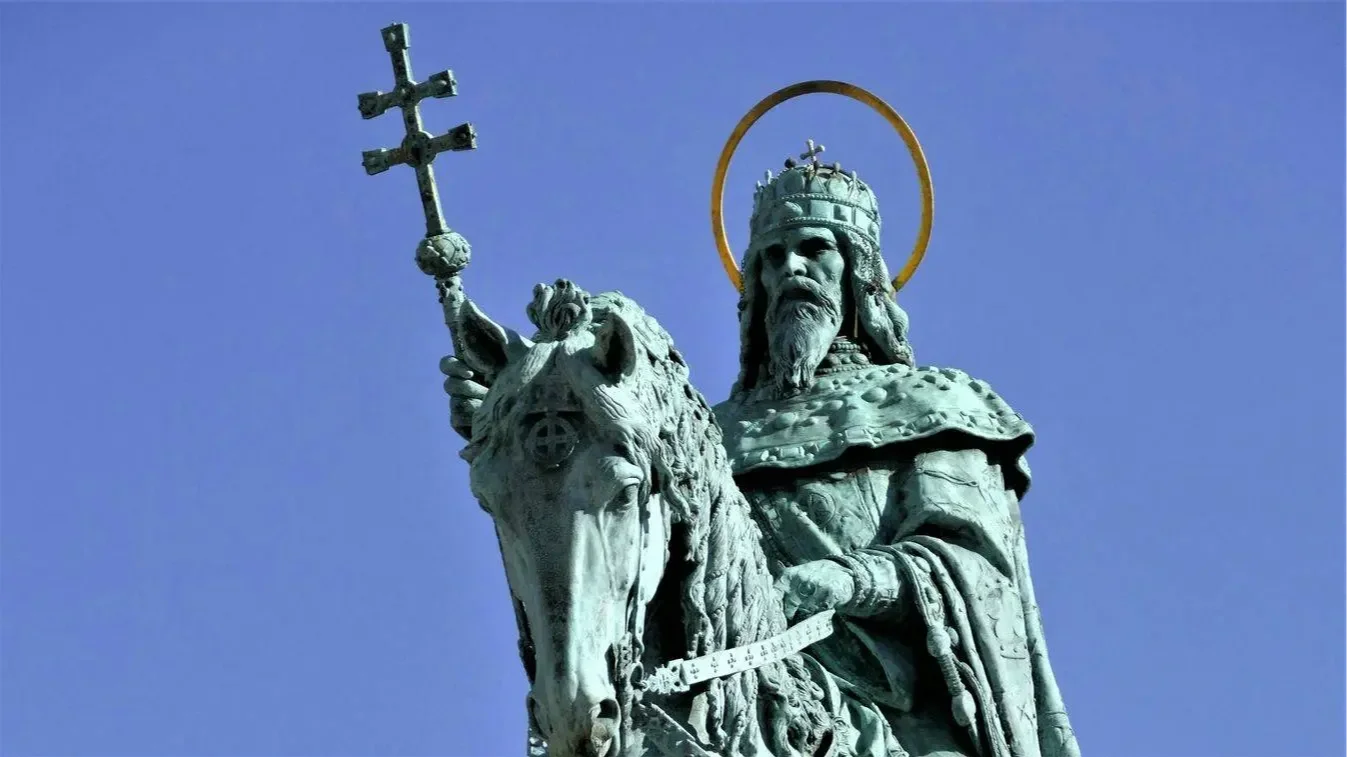 Equestrian statue of King Saint Stephen in Trinity Square, Buda Castle. Photo: Csaba Jászai
Equestrian statue of King Saint Stephen in Trinity Square, Buda Castle. Photo: Csaba Jászai
This is the first of two articles on the meaning of August 20, a day woven deeply into Hungary’s sense of itself. In Part I, we follow Saint Stephen I (István) through the choices and trials that laid the foundations of the kingdom and gave lasting form to its crown and traditions. In Part II, we will turn to the deeper currents behind these events, the clash of beliefs, the resilience of the old ways, and the questions they still pose for Hungarians today.
August 20 carries deeper significance in Hungary than most national holidays bear elsewhere. Beyond the fireworks along the Danube and ceremonial addresses lies a tradition that has anchored Hungarian identity for over a millennium.
The date marks the death of Saint István I, who passed away on August 15, 1038, though his canonization is celebrated five days later for reasons embedded in medieval church practice. This Magyar prince, born Vajk around 975, seized a moment of destiny, committing his people to Christian civilization in a way that reshaped Central Europe.
His father Géza had set the first course toward conversion, knowing that the ancient nomadic traditions, though rich in honor and memory, could no longer shield the Magyars from the tides of 10th-century Europe. For Géza, the change was a matter of survival and diplomacy. For István, it became something far deeper: a personal leap of faith, an answer to what he believed was the voice of God calling his people into a new way of life.
The succession crisis following Géza's death in 997 unleashed forces that would determine Hungary's religious and cultural direction. István's cousin Koppány gathered support among those Magyars who viewed Christianity as foreign contamination of ancestral ways. The ensuing civil war lasted months before István's forces cornered the rebel at Veszprém in 998. It was a clash of faith and tradition whose deeper currents we will explore in Part II.
Pope Sylvester II recognized the new reality around 1000, sending a crown that carried both papal blessing and formal acknowledgment of Hungary’s place among European kingdoms. For István, the gift was more than ceremony: it marked the end of Magyar raids and the beginning of a settled kingdom. Unlike many contemporary rulers, who owed their thrones to emperors or distant authorities, István held a crown that affirmed his people’s entry into Christendom while leaving him free to chart Hungary’s own course.
István wielded his papal legitimacy with characteristic determination. Churches rose across the realm, and bishoprics established the foundations of Hungary’s ecclesiastical infrastructure. Those who clung to pagan practices risked confiscation of property or exile. Writing two centuries later, the anonymous notary of King Béla III, known to us as Anonymus, portrayed István’s reign in the Gesta Hungarorum as Hungary’s dramatic entry into the world of Christian civilization.
Bishop Hartvik of Győr, writing his official biography around 1100, described István's rule in exalted terms. His Legenda Hartviciana recounted miraculous signs that supposedly attended the king’s reign: rivers that obeyed his commands, visions affirming his divine guidance, and illnesses cured through his intercession. These accounts, while extraordinary, underscore the perception of István as a ruler whose authority was seen as sanctioned by heaven, complementing his undeniable political achievements.
The crown István received evolved beyond mere royal regalia into something approaching constitutional doctrine. Hungarian political theory developed the concept that sovereignty resided in the crown itself rather than the person wearing it. This principle created continuity across dynasties, with every monarch from István through Charles IV in 1916 crowned with the same symbolic authority.
Historical analysis reveals the crown's complex composition. The current artifact combines a Byzantine diadem from the 1070s with later Western additions. Scholars continue debating which elements István actually wore, though such questions matter less than the crown's symbolic function across centuries.
The crown's significance transcended scholarly debates for ordinary Hungarians. When Hungarian officers carried it westward in 1945 rather than allow Soviet capture, they protected something that represented national continuity beyond any political regime.
Communist authorities grasped this symbolism when they suppressed István's feast day in 1950, substituting the secular "Constitution Day." Yet Hungarians maintained private observance despite official discouragement. Bureaucratic decree proved insufficient to erase millennium-old traditions.
The crown's wartime journey illustrates its enduring significance beyond Hungary's borders. Thirty-three years in American custody ended with President Carter's 1978 decision to return it as a Cold War diplomatic gesture. The repatriation acknowledged that certain symbols transcend ideological divisions, representing cultural continuity that outlasts political systems.
Restoration of the holiday after 1989 signified more than calendrical revision. It marked Hungary's deliberate return to historical identity after decades of imposed socialist repression. Religious services now complement civic ceremonies in honoring István's dual legacy as saint and founding father.
Over centuries, the Holy Crown doctrine came to symbolize the delicate balance between universal authority and Hungary’s particular identity. It taught that legitimate power did not rest solely in the person of the king but flowed from divine sanction mediated through the Crown and the nation’s traditional institutions. Though modern democracies might see such ideas as archaic, the doctrine endures as a touchstone of Hungary’s constitutional memory, occasionally referenced even today by the Constitutional Court as a reminder of the nation’s long-standing sense of continuity and legitimacy.
This medieval principle holds that Hungarian territory belongs ultimately to the crown, with rulers serving as temporary stewards of a sacred trust. The doctrine somehow survived into contemporary legal thinking, embedded in Hungarian jurisprudence in ways that often go unrecognized.
August 20 reminds Hungarians each year that their nationhood was shaped by deliberate choice, not chance. István’s acceptance of the papal coronation marked a turning point: a conscious step away from the nomadic ways of his ancestors and into the European Christian world. Yet the old traditions were not erased; they lingered in memory, customs, and the hearts of the people, shaping the culture István was transforming. That foundational decision resonates to this day, a living thread connecting Hungary’s past, present, and sense of identity.
Each celebration renews this ancient compact in contemporary terms. Church bells across the capital carry messages first proclaimed a thousand years ago. They announce that nations require more than material prosperity for authentic flourishing - they need historical memory, shared traditions, and connection to transcendent purpose.
Modern Hungary faces challenges István could never have imagined. Pressures from globalization, demographic changes, and cultural fragmentation test the strength of every inherited institution. Yet his example remains instructive: hold fast to core principles while finding ways to navigate a rapidly changing world, preserving identity without yielding to external currents.
Today the crown rests in the Hungarian Parliament building, protected by the Korona Őrség, the elite crown guard, and secured by modern measures. Thousands of visitors come each year to see it: school groups study its history, politicians invoke its symbolism, and tourists pause to photograph a tangible piece of the nation’s past.
The true measure of István’s legacy reaches beyond museum displays and ceremonial occasions. It rests in whether contemporary Hungarians can honor the memory and wisdom of their ancestral traditions while navigating an increasingly complex world. The prince who embraced Christianity over the old gods did not erase the past; he built upon it, creating precedents that continue to shape Hungarian identity a thousand years later.
Whether those precedents retain force for another millennium depends on choices current generations make. Saint István I would likely appreciate such uncertainty, having faced his own impossible decision that ultimately transformed history. The bells that rang for his canonization in 1083 still echo each August, carrying forward questions that each generation must answer anew.
Sources include medieval chronicles such as the Gesta Hungarorum and Bishop Hartvik's Legenda Hartviciana, nineteenth-century historians Ferenc Salamon and Gyula Pauler, and contemporary Hungarian historical scholarship.
Az X- és Telegram-csatornáinkra feliratkozva egyetlen hírről sem maradsz le!Mi a munkánkkal háláljuk meg a megtisztelő figyelmüket és támogatásukat. A Magyarjelen.hu (Magyar Jelen) sem a kormánytól, sem a balliberális, nyíltan globalista ellenzéktől nem függ, ezért mindkét oldalról őszintén tud írni, hírt közölni, oknyomozni, igazságot feltárni.
Támogatás

